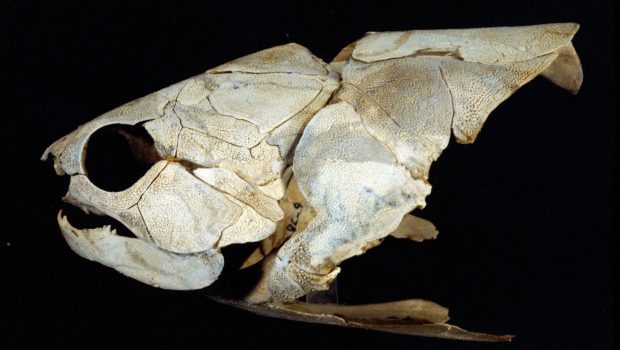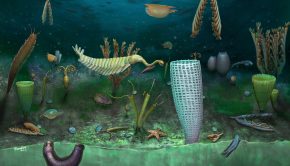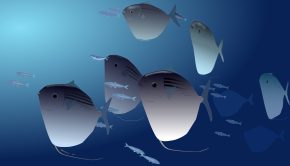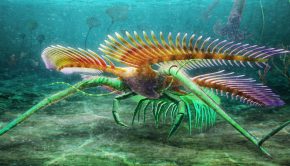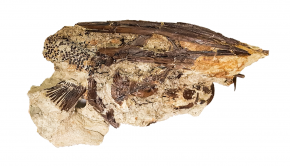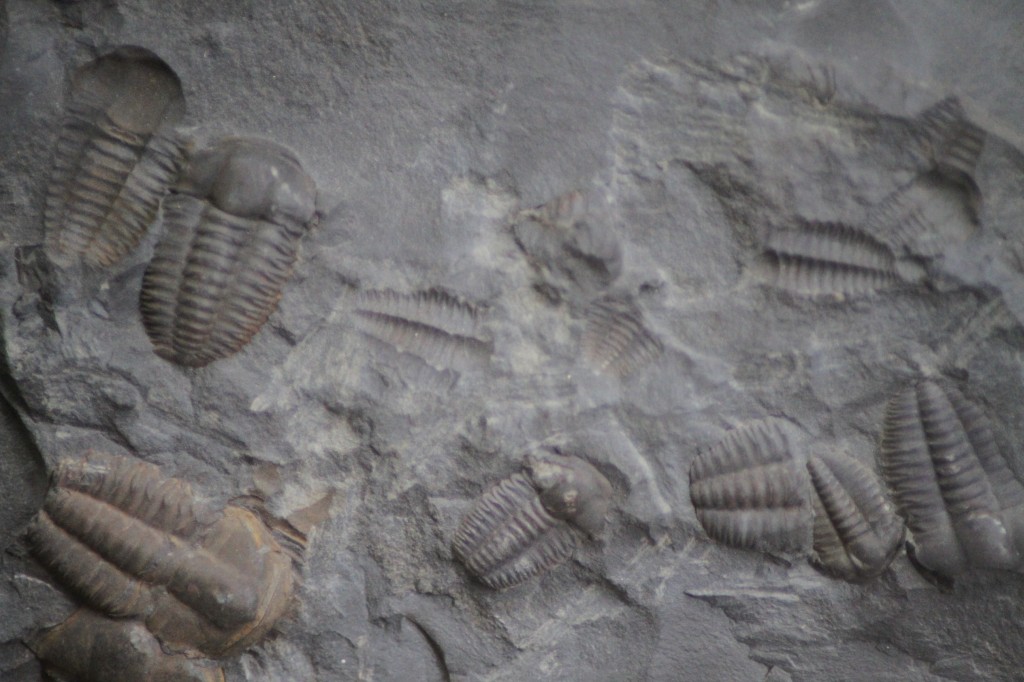Episode 83: Gogo Fishes
Professor John Long is an early vertebrate researcher at Flinders University, Australia. He is most famous for his work on the three-dimentionally-preserved fish from the Gogo Formation, North West Australia.
In this interview, Dr Tom Fletcher (who you’ll remember from Episode 76) got the chance to speak to Prof. Long during a field trip to the world-famous Burgess Shale.
Podcast: Download (Duration: 23:57 — 33.8MB)
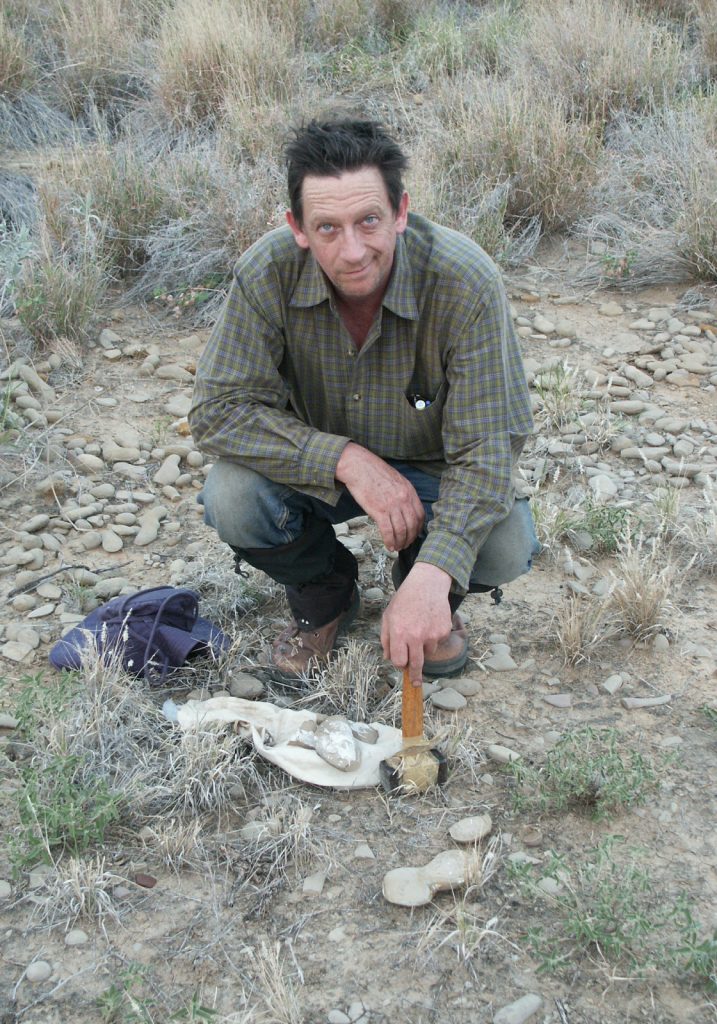
Prof. John Long surrounded by the fossil-bearing nodules of the Gogo Formation, Australia. These calcareous nodules sometimes contain fossilised remains. The hard nodules protect any fossils inside from being crushed and can subsequently be dissolved away by acids, revealing the three-dimentionally- preserved remains inside.
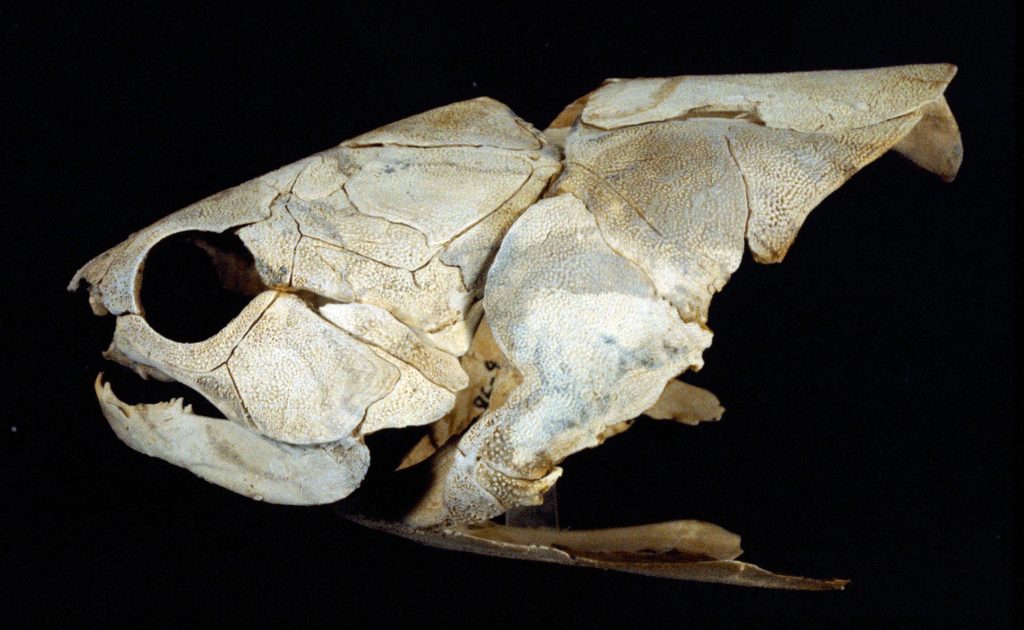
There are over 50 species of fish described from the Gogo formation, many of which preserve soft-tissues. Remarkable finds have included a placoderm embryo, still attached by its umbilical cord! Image: Mcnamaraspis kaprios.
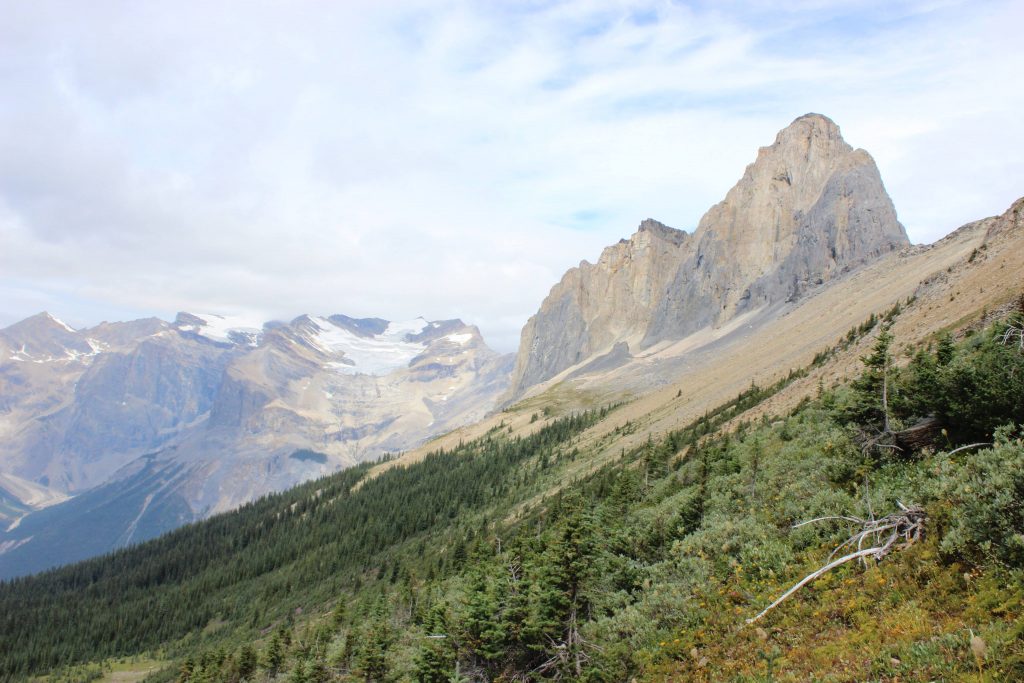
This episode was recorded on a Society of Vertebrate Paleontology meeting field trip to the world-famous Burgess Shale Lagerstätte.
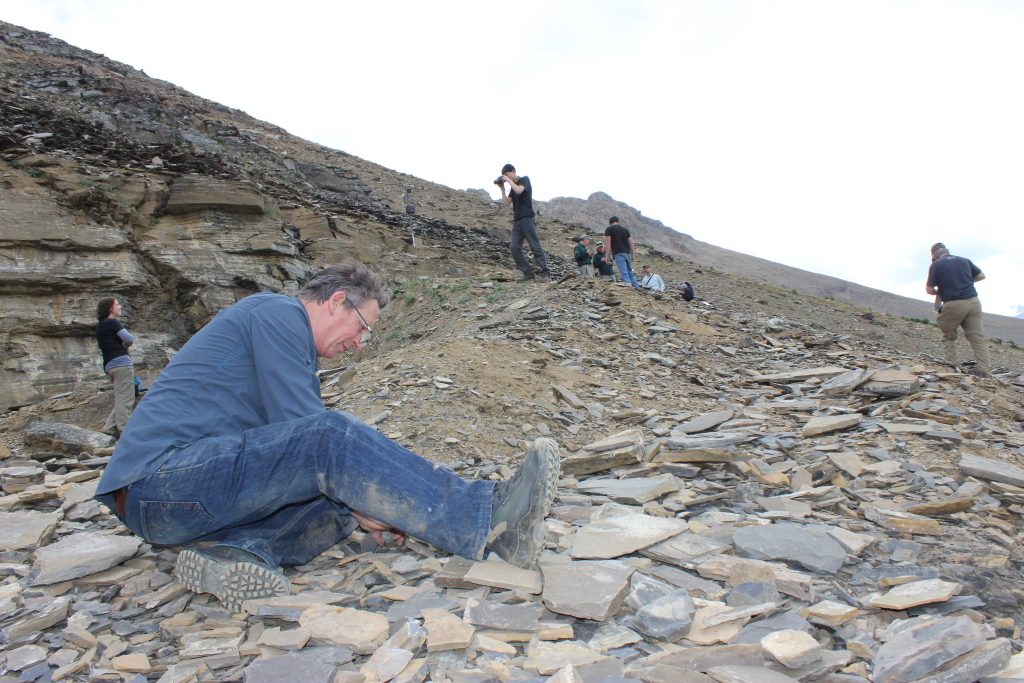
The Burgess Shale is one of the best windows into what animal life was like following the Cambrian explosion and it is here that many of the most-famous Cambrian animals were originally discovered, including what could be the oldest vertebrate fossil.
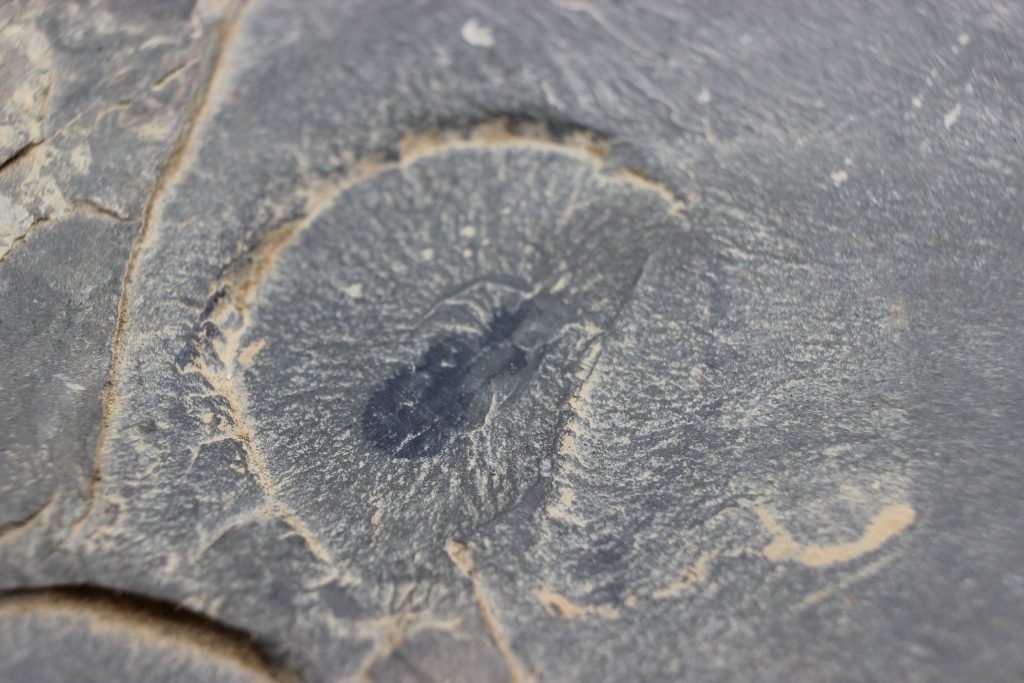
Most of the fossils are of arthropods like this Marrella splendens. Collecting is not allowed at the site without a permit, so all fossils had to remain behind.

